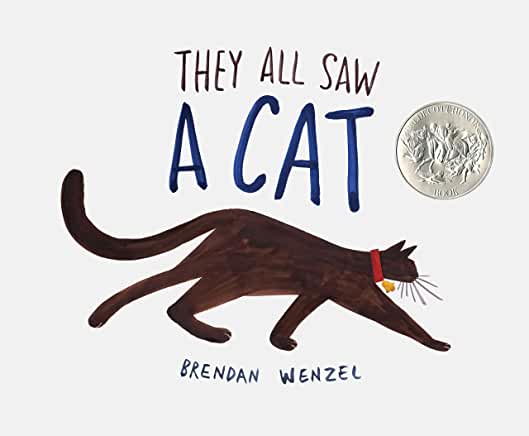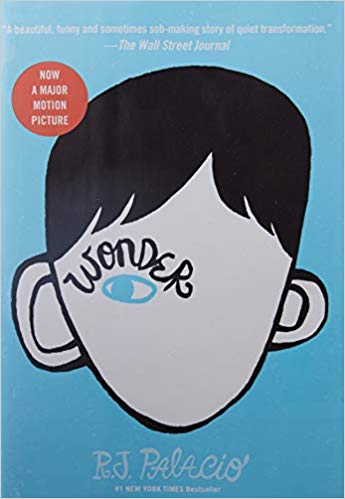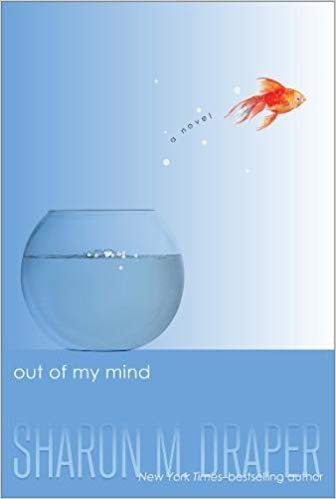Spend enough time in the company of little kids and you’ll find that it’s easy to imagine a world without prejudice and bias, because it’s their natural state.
Their sense of justice, wonder and openness has a way of shining light on the inequalities of our world and pointing us toward a better path. Books that celebrate our differences can push the boundaries of a child’s horizons as well as our own, gently reminding us that no matter our color, gender, financial circumstances, religion or abilities—we all need and deserve the same things: safety, love and community. I think of the books that follow as heart expanders, helping us to remember that our differences can be strengths, and that our highest selves are already alive and well within us, when we stop long enough to view things through a child’s eyes.
On the surface, it’s a book that’s easy to dismiss: a cat walks through a field meeting other creatures. But this Caldecott medal winner is practically a junior zoology text, illustrating with perfect clarity how the perceptions of different animals inform what they see and how they see it. It’s especially great for beginning readers, with its hefty dose of word repetition, but the science behind the story and the illustrations will keep you riveted on a single page for a good long time. Author Brendan Wenzel is a conservationist and activist and his love letter to nature’s diversity is a gift to young readers.
More Great Picks: We’re All Wonders, He She Me We, It’s Okay to Be Different, All Are Welcome, Zero
It’s hard not to love Red, a blue crayon trapped under a red label. Watching Red try (and try) to live up to her name before ultimately embracing the blue at her core will make grownups smile and little ones cheer, and there’s a lovely bit about how new friends can bring a much-needed new perspective. Part of the fun for grownups is tracking how many levels the seemingly simple story is working on. Tackling stereotyping and norms has never been done more sweetly.
Also Try: Spoon, Big Bob, Little Bob, Sneetches, The Boy and the Bindi
Temple Grandin’s miraculous ability to translate her child-like sense of empathy for animals into world-changing action is inspiring to people of all sizes. Grandin herself pens a letter to readers at the end, imploring kids to think up their own science-experiments. The Fun Facts and Timeline sections are great ways to go deeper into animal rights and autism without overwhelming a young reader.
More great choices: Two Friends, The Sandwich Swap, Rescue & Jessica: A Life Changing Friendship
RJ Palacio’s diversity masterpiece is told from alternating points of view and dissects bullying in new, surprising ways. Born with a facial deformity, a sharp mind and a huge heart, 10-year-old Augie’s bumpy transition from home school to middle school should be required reading for all elementary schoolers.
Other must reads: El Deafo, Charlotte’s Web, Crenshaw, Be Prepared
Most 11-year-olds struggle to find their voices and stand up for themselves. Melody, who suffers from cerebral palsy, has never been able to speak, but that doesn’t stop her from being the smartest kid in school. Sharon Draper’s award winning New York Times bestseller stayed at the top of the list for over a year for good reason. Melody and her mom are role models for expertly navigating in a world that actively tries to marginalize them, and miraculously, Draper manages to keep the reader laughing all the way through.
Also Great: Ghosts, Crenshaw, Wishtree, Ugly
Reluctant readers are powerless to resist this dyslexic hero with a fantastic sense of humor — even the chapter headers are funny. It’s this attention to detail that makes Rick Riordan’s books endlessly re-readable. It’s a simple premise: “What if the Greek Gods were around and still having kids with humans today?” Riordan, who used to teach school in California, has created an intricate universe of interlinked characters that extends far beyond the Percy Jackson series. His Heroes of Olympus series connects with the Roman Gods, Magnus Chase explores Norse mythology, The Red Pyramid series, Egyptian and Riordan didn’t stop there. He created his own publishing imprint and hired writers with different cultural backgrounds to explore Persian, Mayan and Korean myths as well. Hats off to Riordan for keeping kids (and adults) turning pages and laughing while learning about other cultures through the lens of their origin stories.
In this vein: Insignificant Events in the Life of a Cactus, A Mango Shaped Space, Rules, One for the Murphys









Share this: